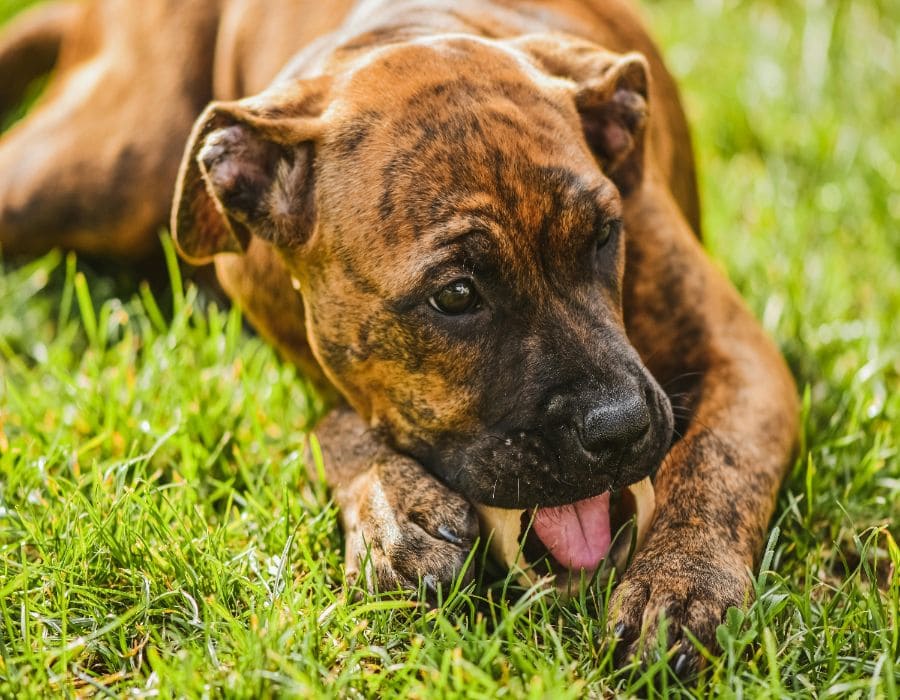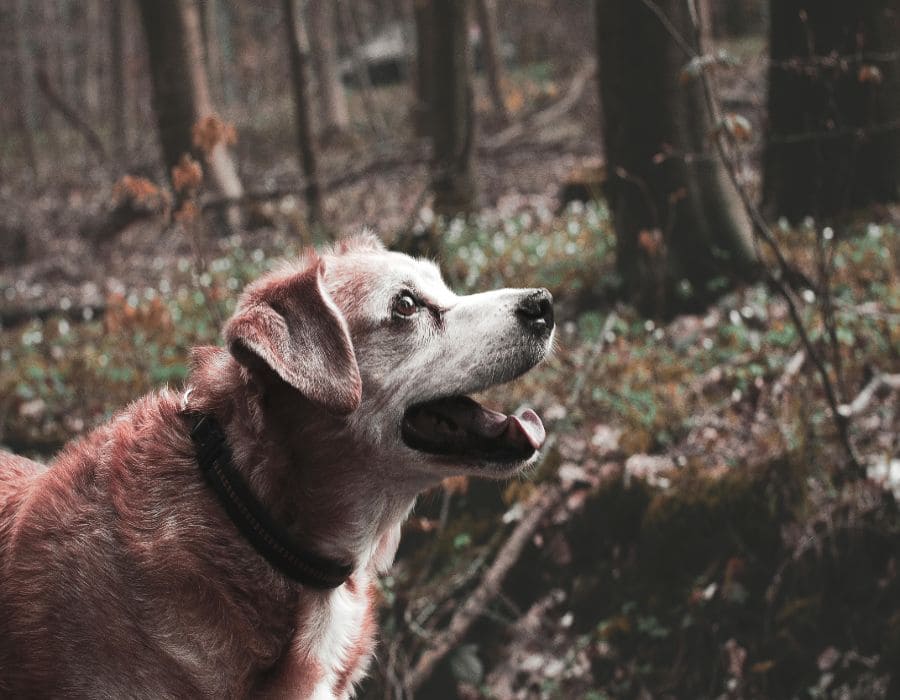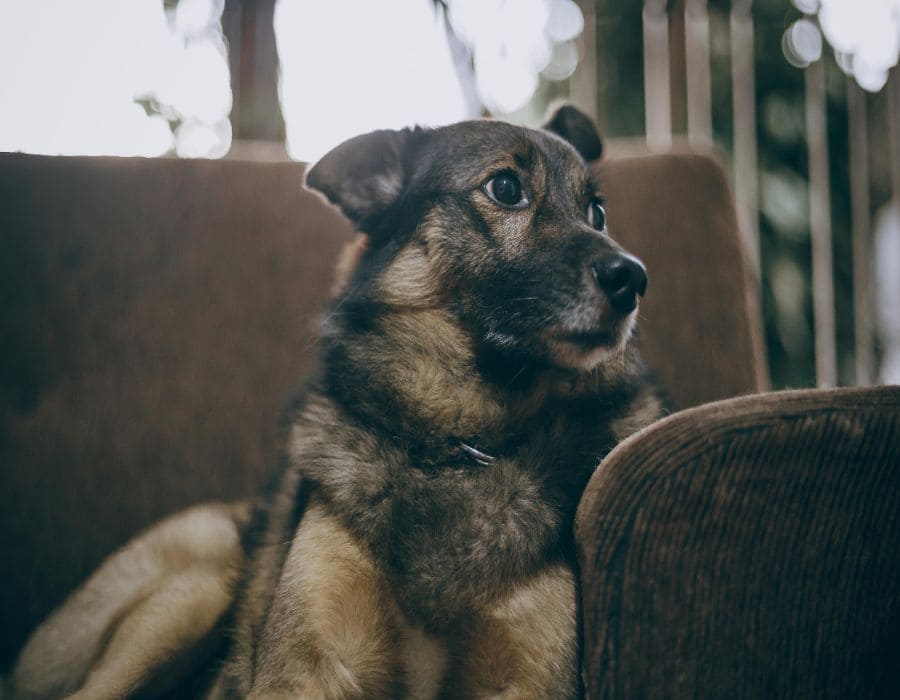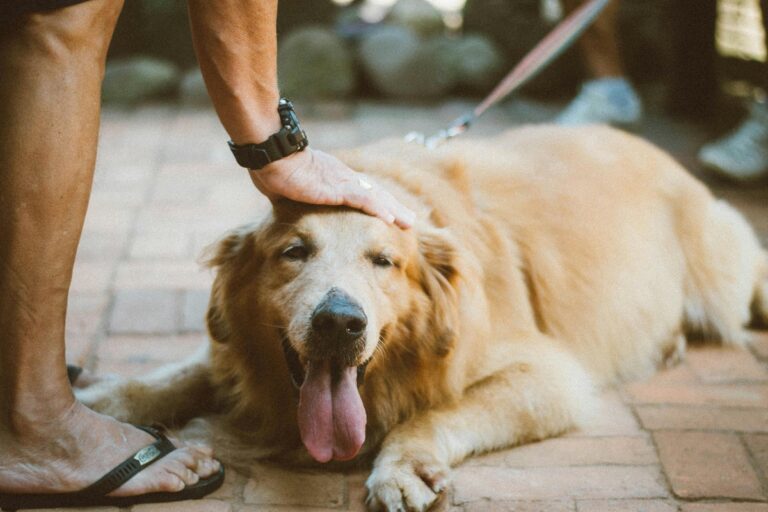13 Dog Communication Signals Most Owners Miss
Dogs possess an intricate communication system that goes far beyond simple barks and tail wags. Recent research in canine cognition reveals a sophisticated array of signals – some so subtle they’re easily missed by even the most attentive owners.
These nuanced behaviors, developed through thousands of years of evolution alongside humans, form a complex language that bridges the species barrier. Discover the hidden language of dogs in this insightful piece on canine communication.
High Tail Tales

The position of a dog’s tail tells a story that most humans completely misread. A tail held high and stiff? That’s a red flag – the dog’s aroused and possibly ready for confrontation. Mid-height generally signals a confident, comfortable canine. And those dogs with tails in neutral position? They’re typically your calm, cool customers ready for friendly interaction.
The Eyes Have It

Ever notice a dog showing the whites of their eyes while turning away? Behaviorists call this “whale eye,” and it’s far from the cute expression many people assume it to be. When a dog flashes those whites, they’re saying something’s making them nervous. Pretty sophisticated for a signal that most people completely miss.
Play Bow Dialects

That front-end-down, rear-end-up position isn’t just a simple “let’s play” signal. The variations tell different stories. Quick dip and pop back up? Pure excitement and invitation to play. But watch out for those frozen, prolonged bows – they often signal uncertainty. Sometimes a dog will hold the position while sizing up a situation, like a furry little social analyst.
Stress Signals in Saliva

Random lip licking when there’s no food around isn’t random at all. Dogs use this gesture as a stress signal, though most humans completely miss the memo. It’s fascinating how this simple behavior serves as a pressure release valve in tense social situations. Next time a dog starts licking their lips at the vet’s office? Yeah, that’s not about treats.
The Yawn Connection

Dogs don’t just yawn when they’re tired. These clever creatures use yawning as a sophisticated social tool. When tension fills a room, watch for the contagious yawns – they’re trying to dial down the drama. Research shows dogs actually catch human yawns more often than other dogs’ yawns. Talk about emotional intelligence.
Ear Language

Different breeds speak different ear dialects, thanks to varied ear shapes and mobility. Those slightly back-tilted ears? Usually a friendly hello. Ears plastered against the head tell a completely different story – fear or submission. Even breeds with perpetually perky ears manage subtle variations that broadcast their emotional state.
The Ground-Sniffing Gambit

That sudden intense interest in an apparently fascinating patch of ground often isn’t about smells at all. Dogs use this behavior as a social pressure release valve. Smart move, really – hard to be threatening when your nose is glued to the ground. Unfortunately, many owners yank their dogs away from this important calming ritual.
Mounting Messages

Here’s an awkward topic that needs addressing: mounting isn’t always about reproduction. This behavior serves as a complex social signal indicating anything from over-excitement to stress to status checking. Context matters enormously here – the same physical action carries wildly different meanings depending on the situation.
The Power of Stillness

Sometimes the most important signal is no signal at all. When a dog suddenly freezes, pay attention. This complete stillness often precedes significant behavioral changes – sometimes good, sometimes not so much. It’s like a canine version of holding one’s breath.
Paw Politics

A raised paw while standing still isn’t just a cute pose for the camera. This gesture often signals social uncertainty or mild stress. Different from a pointing hunting dog’s stance, this behavior evolved specifically for communicating with humans. Smart pups.
The Reset Button

Ever seen a dog shake off like they’re drying themselves when they’re completely dry? That’s their version of a reset button, marking the end of a stressful or exciting situation. It’s basically the canine equivalent of taking a deep breath and starting fresh.
Final Thoughts

Modern research continues uncovering new depths in canine communication. These signals, when read correctly, create a richer understanding between species. The trick lies in seeing these behaviors as parts of a larger conversation – no single gesture tells the whole story. Dogs never stop talking; humans just need to learn the language.







